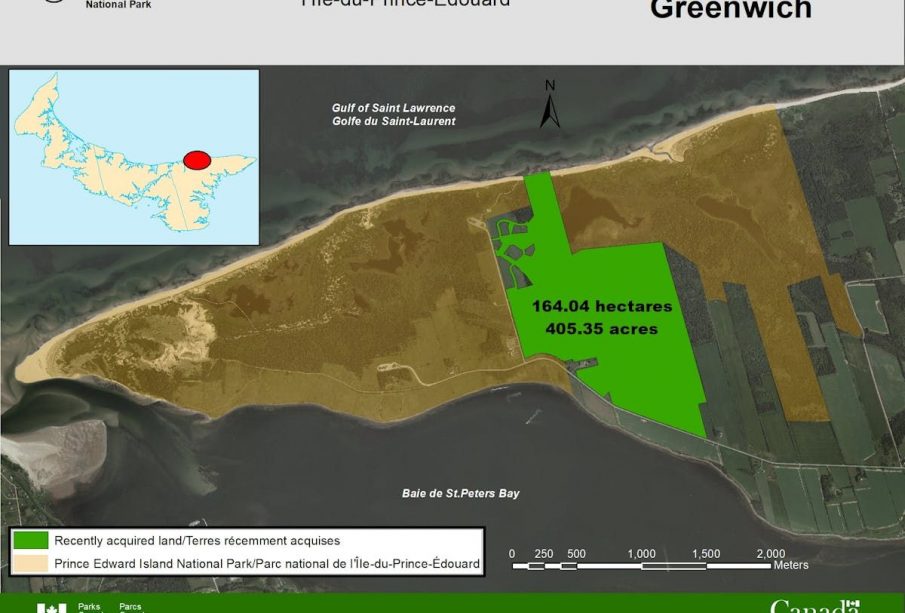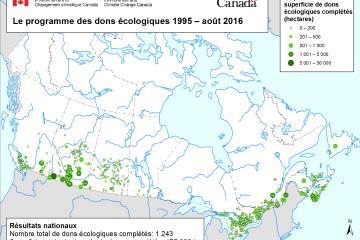The Importance of Parks Canada in Conservation and Recreation

Introduction
Parks Canada plays a vital role in the preservation of Canada’s natural and cultural heritage. Established in 1911, it is responsible for the management of national parks, national historic sites, and national marine conservation areas. As Canada celebrates its diverse ecosystems and rich history, Parks Canada remains at the forefront of conservation efforts, making it an essential topic for all Canadians and visitors alike.
Recent Developments
In 2023, Parks Canada announced a series of initiatives aimed at enhancing visitor experiences while ensuring the protection of wildlife and plant species. Key highlights include:
- Expansion of Protected Areas: The government has committed to increasing the number of protected areas, with an emphasis on recognizing Indigenous conservation efforts. New sites will focus on biodiversity and climate change resilience.
- Accessibility Projects: Parks Canada is investing in making parks more accessible for diverse visitor populations. This includes improving facilities, providing guided tours for differently-abled individuals, and offering more resources in multiple languages.
- Community Engagement: Enhanced partnerships with Indigenous communities have led to new programs to promote cultural awareness and environmental stewardship, reflecting the historical and contemporary connections of these communities to the land.
Visitor Trends
In recent years, there has been a notable increase in visitors to national parks. Reports show a surge of 15% in visitation during the summer of 2023 compared to the previous year. This trend highlights a growing public interest in outdoor activities and nature as Canadians seek to connect with their environment post-pandemic. Parks Canada has responded to this interest by implementing crowd management strategies to maintain the integrity of ecosystems and provide enjoyable experiences for visitors.
Conclusion
Parks Canada represents a critical aspect of Canada’s commitment to conservation and recreational opportunities. The ongoing efforts to expand protected areas, enhance accessibility, and engage with communities promises to make national parks and historic sites more appealing and sustainable. As environmental challenges continue to arise globally, the role of Parks Canada will only become more significant. It is vital for Canadians to recognize the importance of these natural treasures and support initiatives that aim to protect and celebrate them for future generations.









